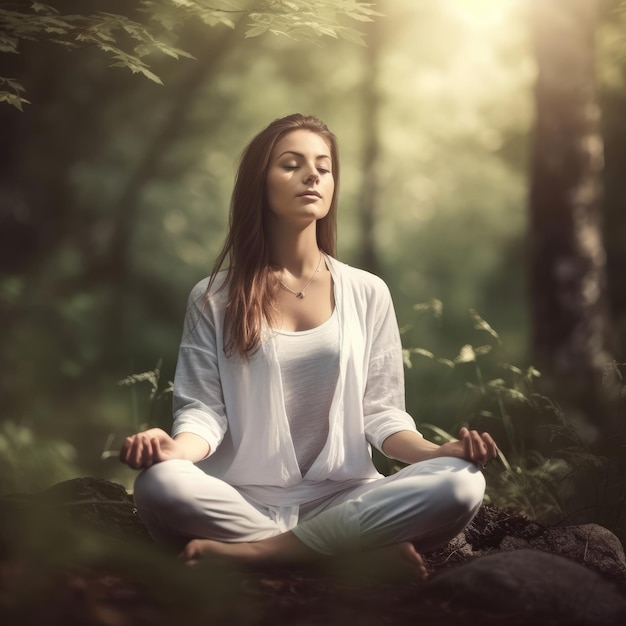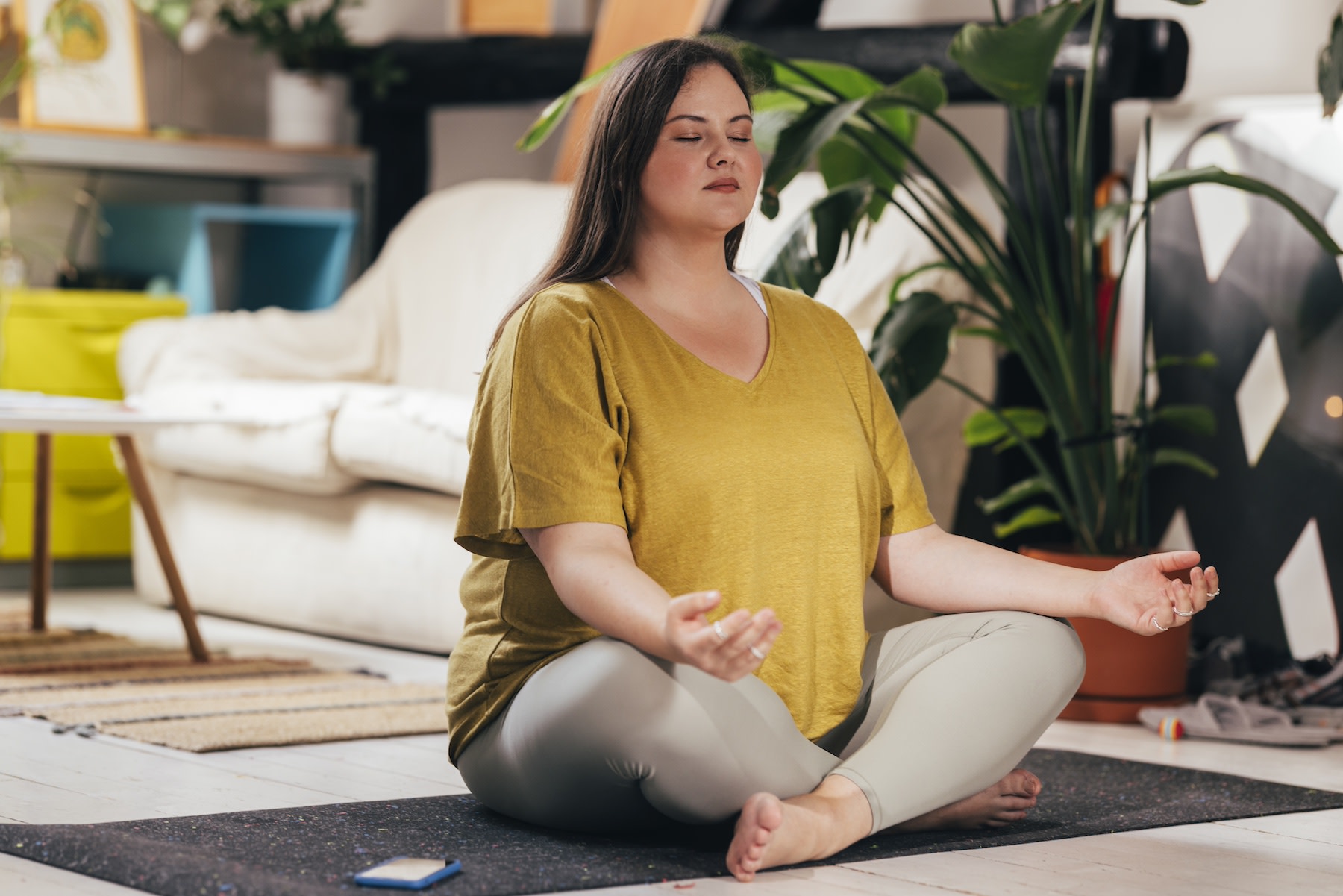A Step-by-Step Method on How to Meditate? for Anxiety Relief
A Step-by-Step Method on How to Meditate? for Anxiety Relief
Blog Article
Begin Your Journey: Easy Actions on Exactly How to Practice Meditation for Beginners
Reflection, commonly perceived as an elusive technique reserved for the knowledgeable, can in fact serve as a fundamental tool for anyone seeking clearness and tranquility in their every day life. By recognizing its standard concepts and establishing a helpful environment, newbies can unlock the prospective benefits of this method. As you begin to explore the crucial actions-- such as discovering a suitable space and grasping breathing methods-- you might uncover obstacles that could improve your experience. The trip of reflection holds more deepness than one could prepare for, inviting further exploration into its transformative elements.
Recognizing Meditation Fundamentals
Meditation functions as a powerful tool for improving mental clarity and psychological health. At its core, meditation is a method of focused attention and awareness, permitting people to grow a much deeper understanding of their emotions and ideas. By participating in this discipline, specialists can achieve a state of leisure and mindfulness, which can considerably lower anxiety and stress and anxiety levels.
Comprehending the essentials of meditation involves acquainting oneself with numerous techniques, such as mindfulness, loving-kindness, and transcendental reflection. How to meditate?. Each technique has its distinct strategy, yet all share a typical goal: to cultivate a feeling of inner peace and self-awareness. Newbies must start with simple methods, such as concentrating on the breath or observing ideas without judgment
Developing a routine reflection regimen, also if only for a few minutes each day, can produce significant benefits over time. Eventually, reflection is not merely a retreat from fact; it is an extensive trip toward higher self-discovery and overall psychological health and wellness.
Finding Your Perfect Area
Creating a helpful setting for meditation is important for optimizing its advantages. Your selected space needs to advertise serenity, permitting you to concentrate internal without distractions. Begin by choosing a place that really feels safe and comfortable, whether it be a peaceful corner of your home, a yard, or a regional park.
Following, consider the atmosphere. Soft lights can enhance leisure, while all-natural light can invigorate your spirit. Guarantee the space is devoid of mess, as a clean atmosphere cultivates a clear mind. Additionally, including elements like plants, candle lights, or relaxing art work can assist establish a tranquil ambience.
Sound plays a significant duty in your meditation area. Aim for a peaceful area to minimize disturbances, or utilize soft history music or nature seems if you discover silence disturbing (How to meditate?). The temperature should additionally be comfortable; neither too hot nor also cool, to avoid diversion throughout your method
Last but not least, individualizing your space with meaningful things-- such as crystals, photographs, or significant quotes-- can produce a much deeper link to your practice. By thoughtfully curating your setting, you set the phase for a much more efficient and profound reflection experience.
Selecting a Comfy Position
Finding the right placement for meditation is essential to preserving emphasis and convenience throughout your method. The excellent posture permits both physical stability and mental performance, making it much easier to focus on your reflection objectives.
If this setting is uncomfortable, think about utilizing a padding to elevate your hips, which can ease pressure on your knees and back. A chair can give the needed support, enabling your feet to rest level on the ground, making certain stability and comfort.
You might also pick to relax if sitting is not suitable for you, yet beware, as this can cause sleepiness. Whatever setting you pick, ensure that your body is relaxed yet sharp. Keep your shoulders back and your Read More Here hands resting pleasantly on your lap or knees. Ultimately, the most effective position is one that really feels natural to you and enables you to keep focus, promoting a deeper connection with your reflection practice.
Breathing Strategies to Start
Starting your reflection exercise with effective breathing methods can significantly improve your experience. Breath acts as the foundation of meditation, offering a centerpiece that assists secure your mind and cultivate mindfulness.
To begin, practice diaphragmatic breathing, which engages the diaphragm and promotes much deeper breathing. Hold your breath for a matter of 4, then breathe out gradually with your mouth for a matter of 6, permitting your abdominal area to drop.
One more beneficial method is the 4-7-8 method. Inhale with your nose for a matter of four, hold your breath for seven counts, and exhale slowly through your mouth for 8 matters. This pattern not just calms the mind yet likewise reduces stress and anxiety, making it simpler to settle right into your reflection technique.
Experiment with these strategies to find what reverberates ideal with you, and remember to preserve a loosened up position and an open mind as you begin your journey right into meditation.
Tips for Uniformity and Growth

Developing an inviting reflection space is likewise important. Furthermore, take into consideration using assisted meditations or reflection applications, which can provide framework and variety to your sessions.
Begin with brief durations, progressively increasing the moment as you come to be extra comfy. This incremental approach not only makes reflection much less overwhelming but additionally allows your practice to expand naturally. Tracking your development in a journal can likewise be practical; noting your experiences and feelings after each session can enhance self-awareness and motivation.
Last but not least, bear in mind that reflection is an individual trip. Be patient with yourself and accept the understanding procedure, understanding that consistency and growth are developed in time.
Verdict
Finally, meditation functions as a valuable practice for promoting mental quality and psychological wellness. By understanding the fundamental concepts of reflection, choosing an ideal room, taking on a comfy stance, and making use of effective breathing methods, individuals can start a meeting reflection trip. Uniformity and gradual development in practice will certainly boost the general experience, cultivating a much deeper connection to mindfulness. Eventually, these fundamental steps can result in substantial personal growth and internal tranquility.
Recognizing the basics of reflection includes acquainting oneself with various strategies, such as mindfulness, loving-kindness, and copyright. Ultimately, the best position is one that really feels natural to you and permits you to preserve focus, helping with a much deeper connection with your reflection method.
Establishing a regular reflection practice can considerably boost your mindfulness journey and individual growth. In addition, think about using Read Full Report assisted meditations or reflection applications, which can provide framework and variety to your sessions.

Report this page